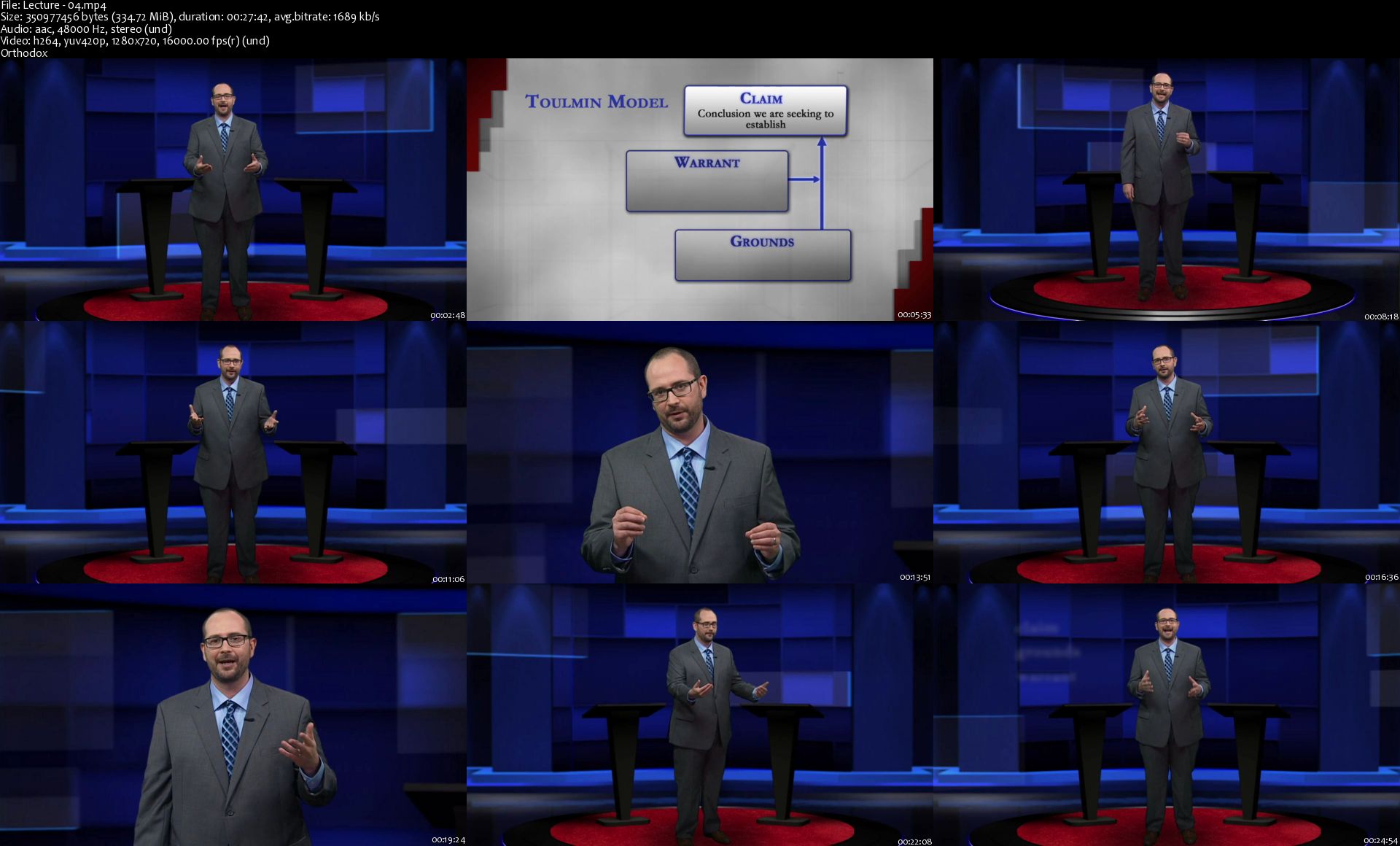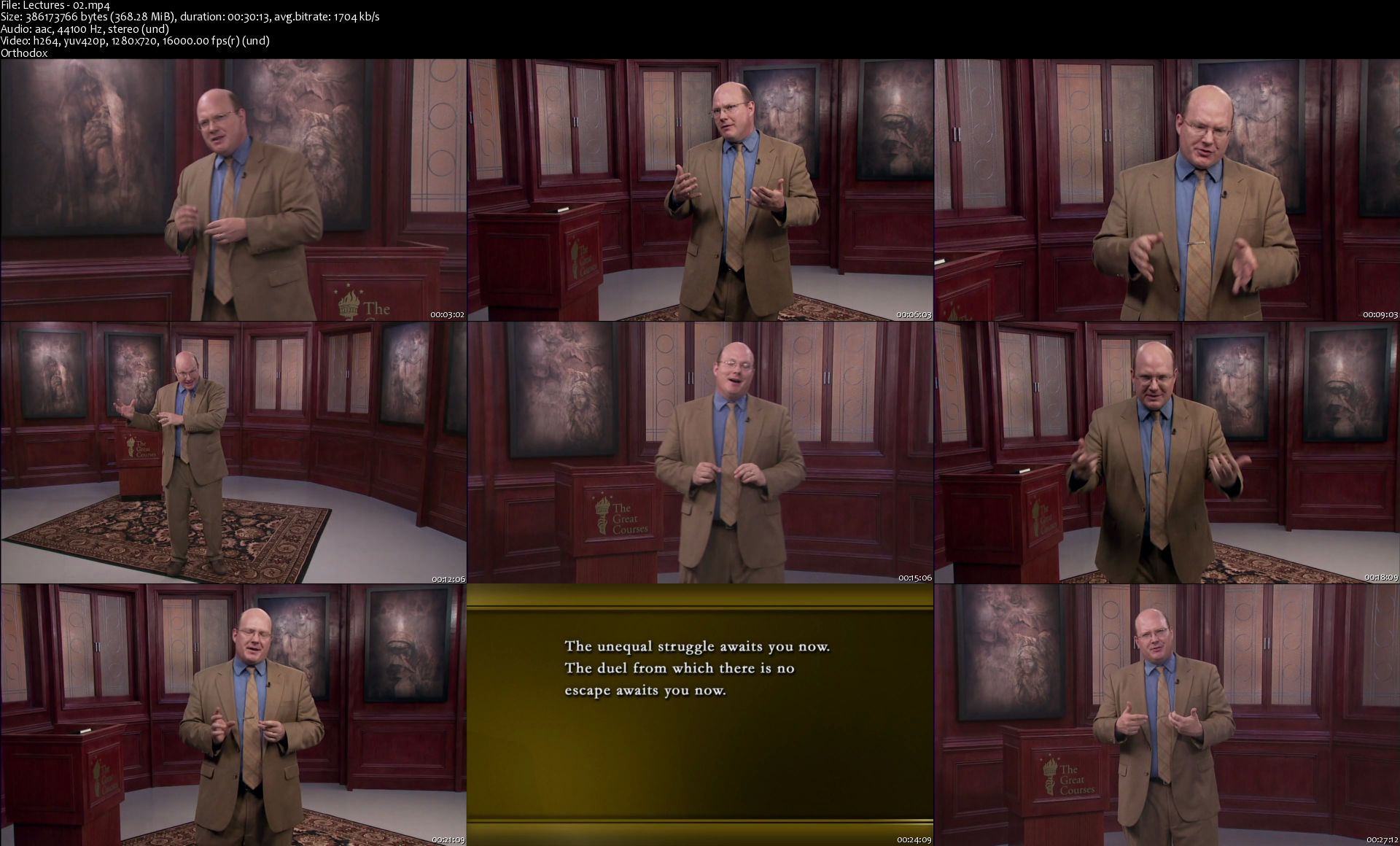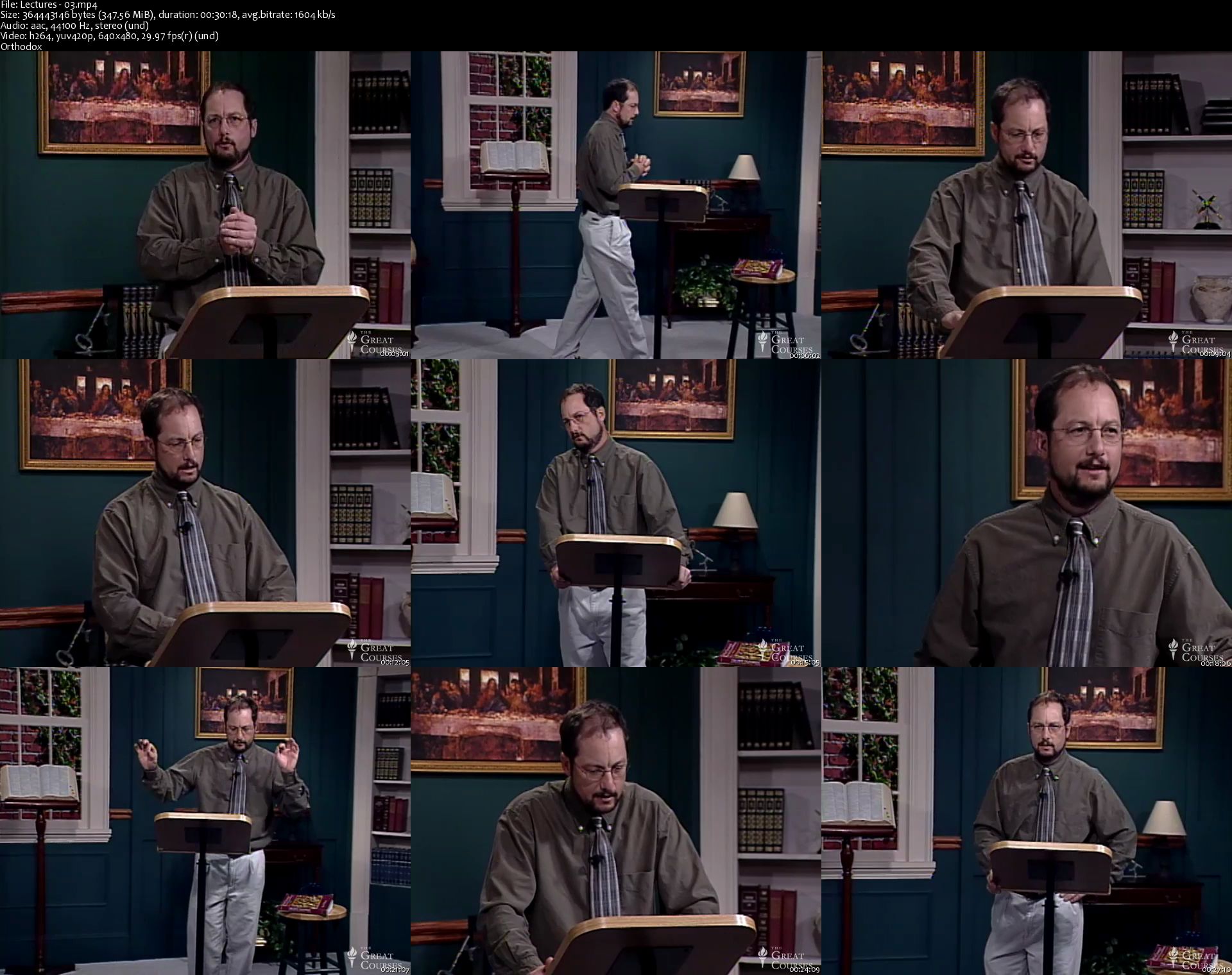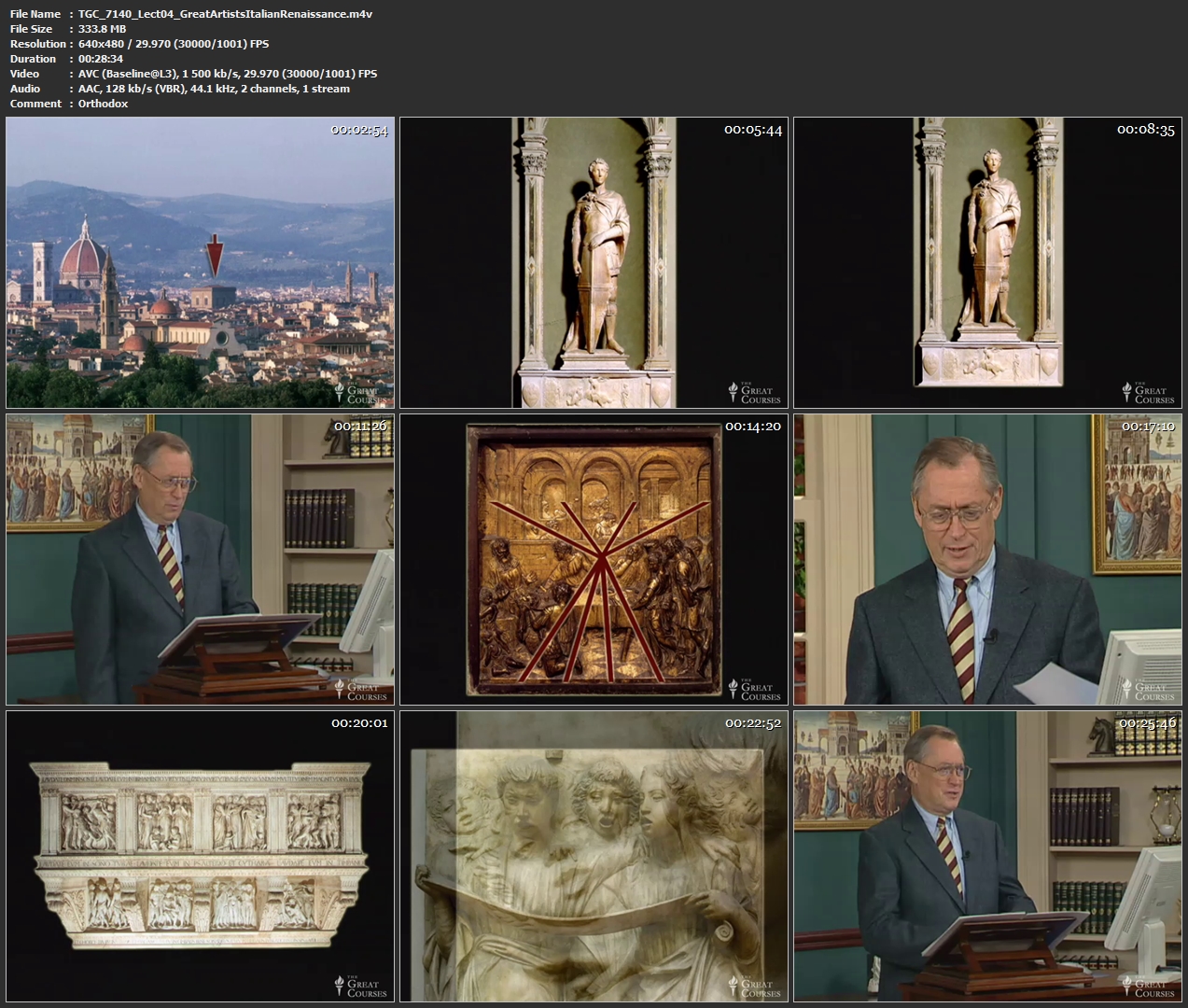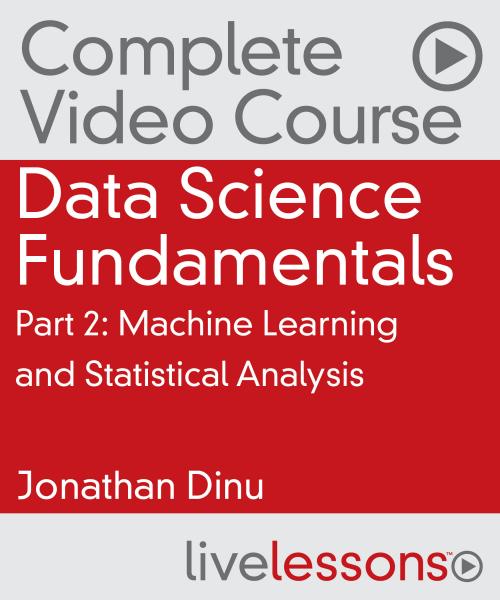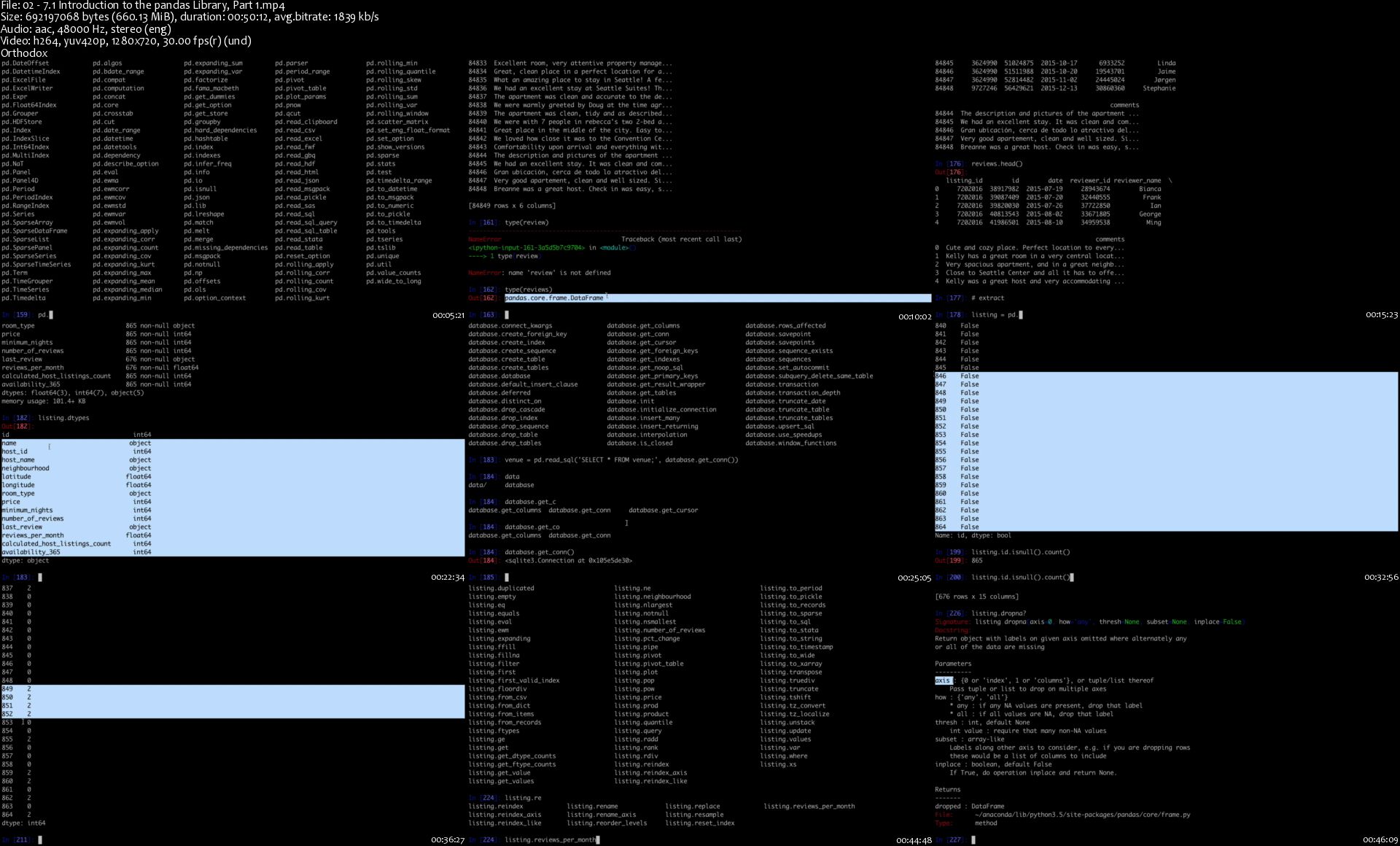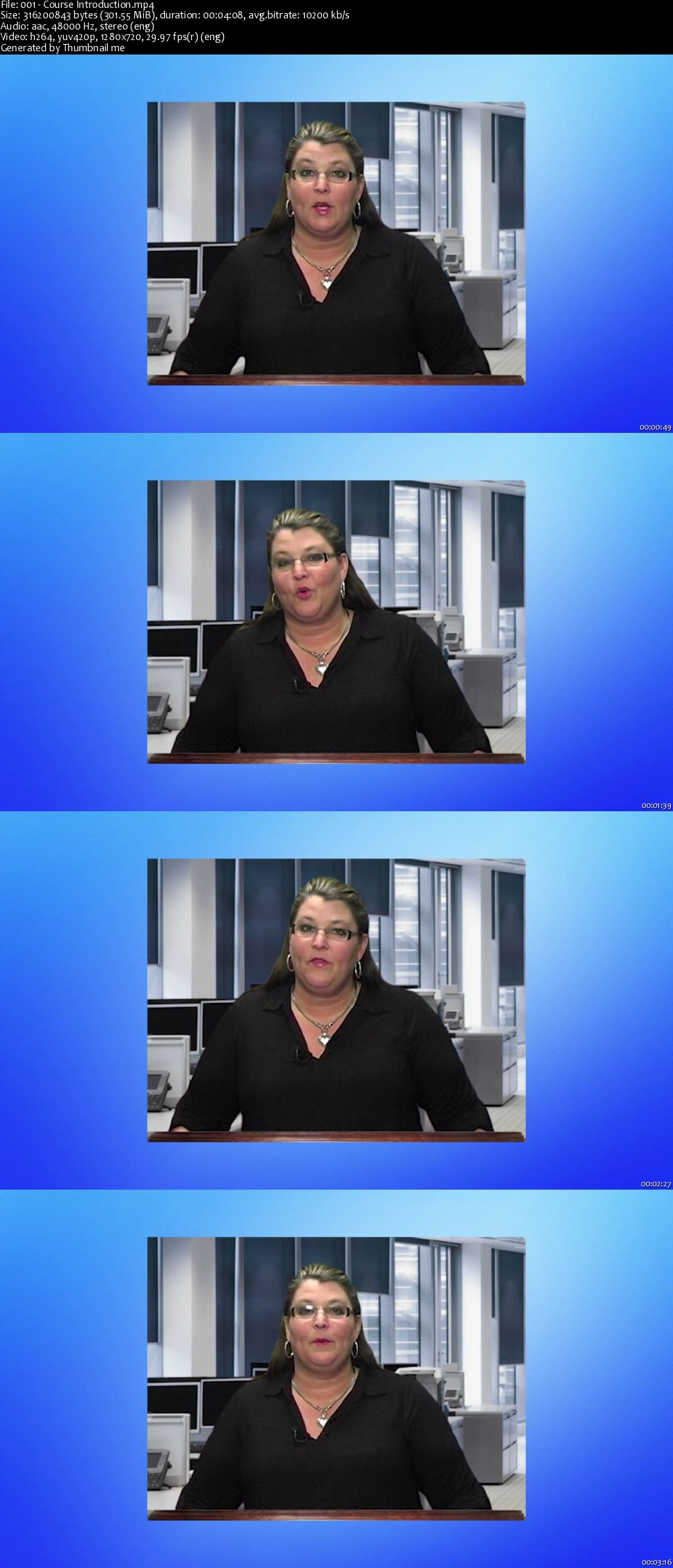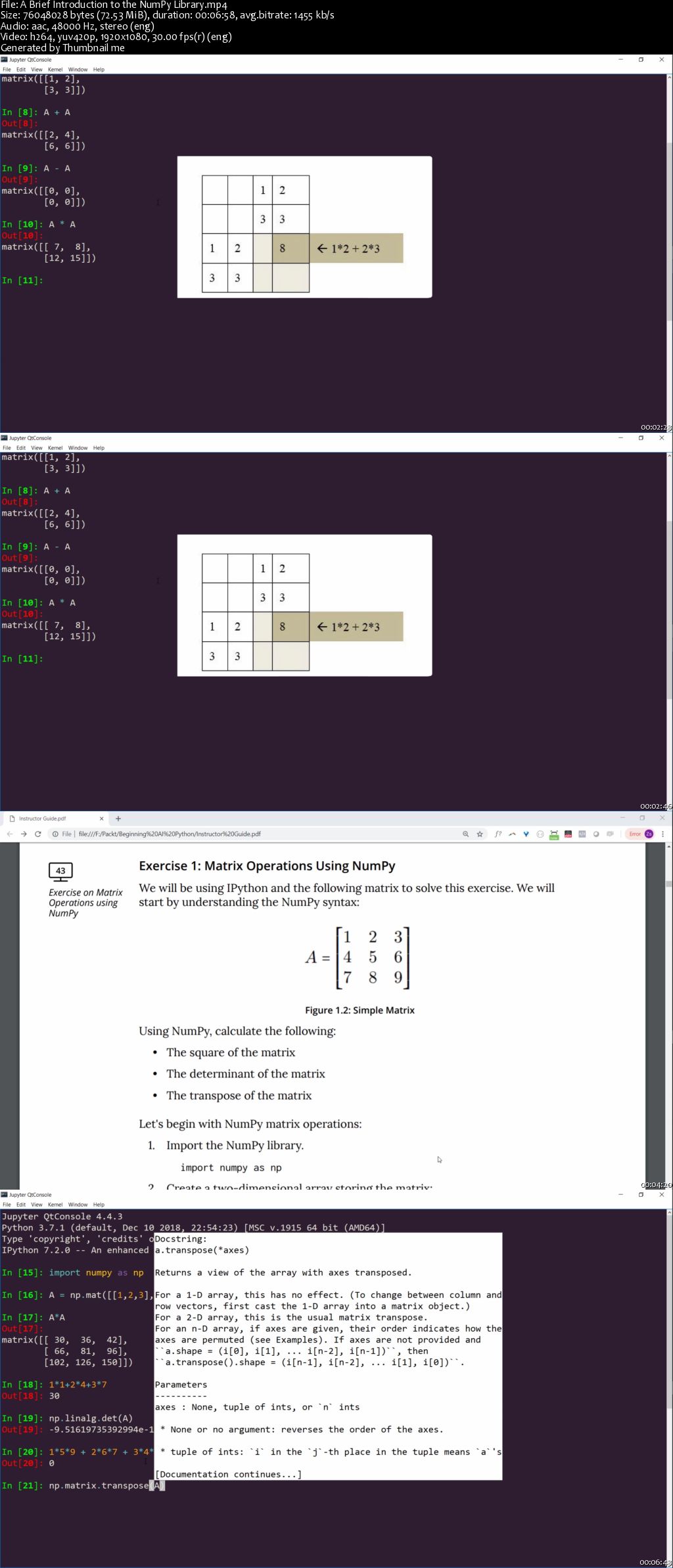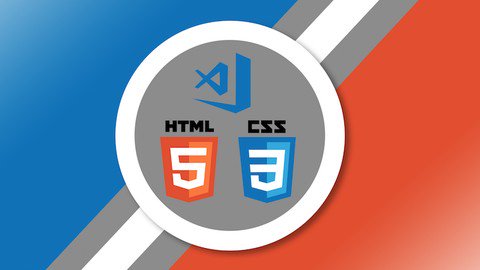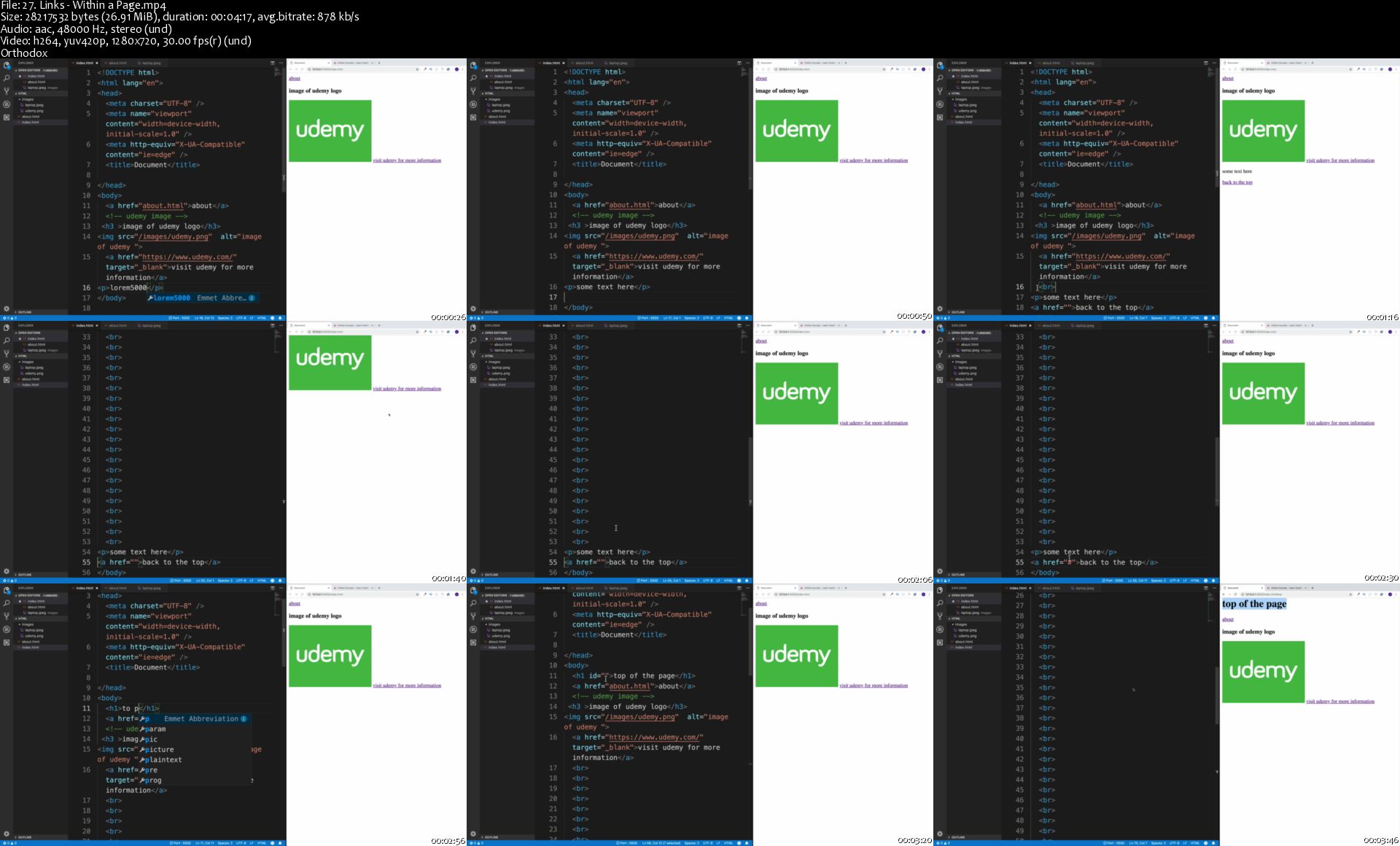The Great Courses - Why Evil Exists
The Great Courses - Why Evil Exists
MP4 | Video: AVC 1280 x 720 | Audio: AAC 44 KHz 2ch | Duration: 19:08:14 | 13.71 GB
Genre: eLearning | Language: English
Why do humans do evil? What is behind "man's inhumanity to man," the troubling fact of human actions that produce suffering and destruction? Is it ultimately a spiritual or cosmic problem? Is it a consequence of social systems or power structures? Or is it some inner deficit of human nature, lurking in the shadow world of our psychology? Why, in the end, does evil exist?
The "problem of evil" is one of the oldest and most fundamental concerns of human existence. Since ancient times, questions surrounding evil have preoccupied every major religion, as well as many of history's greatest secular thinkers, from early philosophers to contemporary social theorists.
Whether we view it in theological, philosophical, or psychological terms, evil remains both a deeply intriguing question and a crucially relevant global issue.
From organized terrorism to genocidal conflicts, from environmental destruction to the ongoing nuclear threat, human actions that most of us would consider evil play a central role in the dialogue between nations and peoples, affecting not only our well-being, but the very survival of our civilizations. No single aspect of human life is more relevant to the question of our social evolution-to the goal of a healthier, more humane world.
Finally, what we call "evil" touches every human being on the planet. It's a matter each one of us must face, both as it may affect us individually and as members of our larger communities, and it may demand a response from us on the personal and the communal levels.
Now, in Why Evil Exists, award-winning Professor Charles Mathewes of the University of Virginia offers you a richly provocative and revealing encounter with the question of human evil-a dynamic inquiry into Western civilization's greatest thinking and insight on this critical subject.
A Question at the Heart of Human Existence
Covering nearly 5,000 years of human history and invoking the perspectives of many of the West's most brilliant minds, Why Evil Exists probes intimately into how human beings have conceived of evil, grappled with it, and worked to oppose it.
With Professor Mathewes's inspired guidance, you engage with how both individual thinkers and larger trends of thought have faced evil, studying the work of major theologians, philosophers, poets, political theorists, novelists, psychologists, and journalists.
These 36 lectures offer you the unique chance to approach the subject of evil through numerous lenses and to refine your view of this central question of human life, giving you a broad and deep resource for your own thought and action.
Insights from the West's Great Minds
In this multilayer survey, you first examine accounts of evil in the ancient world, in Greek culture and the precepts of early Christianity, Judaism, and Islam. With this base, you engage with history-making thinkers whose views have shaped Western conceptions of evil, including these major figures:
St. Augustine: Grappling with this vastly influential theologian, you contemplate Augustine's core equation of being with goodness, and his view of evil as a "privation" of being, a turning toward ultimate nothingness.
Thomas Aquinas: One of the greatest intellects of medieval scholasticism, you study Aquinas's brilliant elucidation of the mindset-the inner logic and rationale-of the evildoer.
Thomas Hobbes: Considered the first modern philosopher and "social constructivist," you examine Hobbes's proposition that good and evil are invented constructs of human language.
Immanuel Kant: The work of this philosophical titan included highly influential observations on evil, resting on his conception of morality as located in the depths of the human will itself.
Sigmund Freud: You track the complex ruminations on evil of the founder of psychoanalysis, including his hypothesis and exploration of the "death drive," an innate, destructive force of the psyche.
Hannah Arendt: Perhaps the single greatest commentator on human genocide and totalitarianism, Arendt analyzed the "moral inversion" of Nazism, which profoundly affected modern understandings of political evil.
Theology and the Imperative of Evil
Across the arc of history, you explore the nature of evil in Western religious thought.
In the Enuma Elish of ancient Babylon and the biblical book of Revelation, you find early conceptions of the universe as a battleground between good and evil cosmic powers. In the ancient Hebrew interpretation of Genesis, you see how Adam and Eve actualized an already inherent potential for evil. You study the psychology of Satan in Islamic theology, as well as in the weighty meditations of Anselm of Lyon and Martin Luther.
In our own time, you encounter Protestant theologian Reinhold Niebuhr's challenging view of sin as rooted in resistance to our "hybrid" condition as both matter and spirit. And, in the wake of the Holocaust, you grasp Jewish thinker Arthur Cohen's extraordinary reformulation of faith in a God whose reality "is our prefiguration"-the promise of what we may become.
Philosophical and Literary Visions of the "Human Malady"
Parallel with the theological accounts, you study primary currents of Western secular thinking on evil in the work of key philosophers and social theorists, observing also how religious and secular thought on evil influences each other. In this area of the course, you devote separate lectures to the insights not only of Hobbes and Kant, but of philosophical giants such as Machiavelli, Hegel, Marx, and Nietzsche.
Early in the lectures, you see how Plato and Aristotle defined a debate on evil that stretched across millennia, between a dramatic, cosmic conception of evil and a view of evil as a human matter of this world. You investigate Hegel's grand philosophical system, locating evil as a necessary element of a larger, universal process of maturation, and Nietzsche's demand for a new "language" of human actions in Beyond Good and Evil.
In American history, you study Abraham Lincoln's searing, theological interpretation of slavery and the Civil War, and his bold vision for healing the wounds of both North and South.
In the work of poets and novelists you find visceral and knowing evocations of evil-pointing us, through their reflective power, toward clearer views of our world.
Beginning with the Inferno, you travel with Dante into the self-delusion of the damned, in his timeless revelation of Hell as an existential prison of the evildoer's making. In Paradise Lost, you study Milton's invocation of Satan as a human archetype, despairing in his futile rebellion against God and his own nature.
Later, you taste Joseph Conrad's unforgettable portrayal of moral disintegration in Heart of Darkness, revealing the psychic self-betrayal of "civilizing" imperialists in the Congo. In the 20th century, you dig into Albert Camus' allegory of a city besieged by evil in The Plague, caught in a cycle of avoidance and denial of its own vulnerability to-and tendency toward-evil.
A History of Passionate and Penetrating Thought
Professor Mathewes, recently honored with the celebrated Mead Endowment Teaching Award -one of the University of Virginia's highest honors-brings to these lectures his own considerable insight, compassion, and flair for getting to the essence of complex ideas. Throughout the series, he illustrates humanity's clash with evil as both a hugely rich field of thought and a thoroughly engrossing story, inviting you to question your conceptions of humanity's dark side, and to imagine yourself and the world in new ways.
Among many keenly provocative perspectives, you contemplate Martin Luther's warning that direct resistance to evil amounts to a collapse into evil itself, and philosopher Blaise Pascal's demand that we must recognize our own habitual avoidance of confronting our propensity to evil. You see how Hobbes's influential notion of human action as based in "rational self-interest" translates into modern game theory and nuclear strategy. And you hear Professor Mathewes's own call for a new way of approaching evil in our time-one that avoids the pitfalls of either demonizing others or internalizing the causes of "evil" acts in the world.
In Why Evil Exists, Professor Mathewes compellingly suggests that by living in the depth of the question of evil itself, we find resources in ourselves that are more powerful than any given theoretical answer.
Join a deeply insightful teacher in facing this fascinating, primordial question-a chance to bring your own most discerning thought to a crucial challenge for our world.
...

